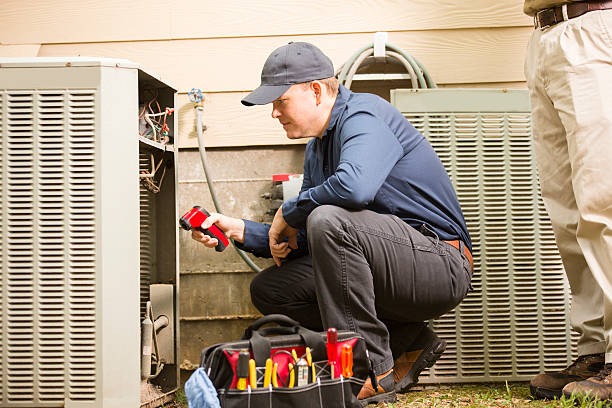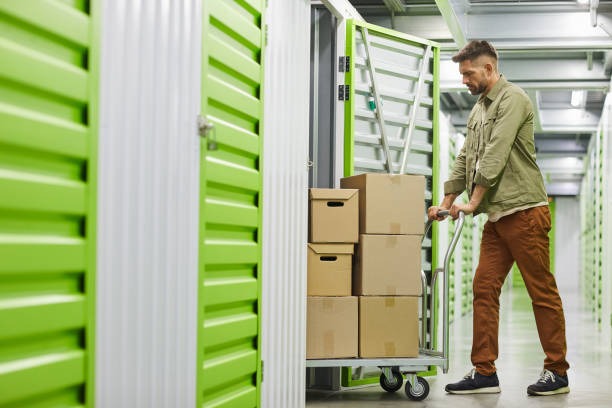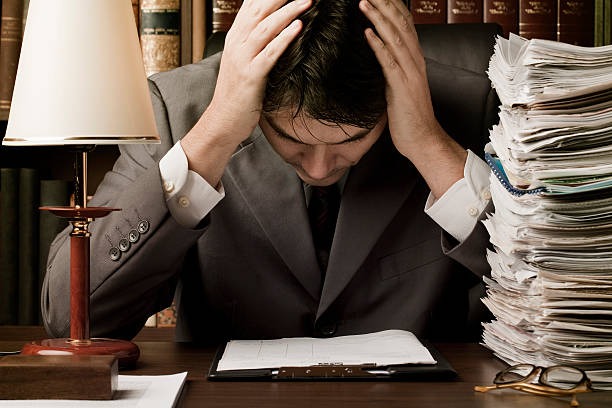The installation of a Heating, Ventilation, and Air Conditioning (HVAC) system is a complex process that requires professional expertise. This article provides an overview of what happens during a professional HVAC installation.
The first step in the process involves an evaluation of your home’s current heating and cooling needs. A certified HVAC technician will assess the size of your property, the insulation levels, and even the orientation towards the sun to determine what capacity system you need. This important calculation ensures that your new HVAC unit operates efficiently while providing sufficient comfort for all areas in your house.
Once these evaluations are complete, it’s time to select the right system. Your technician will guide you through this process by explaining different types of systems available on the market along with their benefits and drawbacks. Factors such as energy efficiency ratings, brand reliability, noise levels, and cost are taken into consideration when selecting a new HVAC unit.
After deciding on an appropriate system for your home or business premises, it’s time for removal of any old equipment if necessary. This involves safely disconnecting gas lines or electrical connections from existing units before removing them from their location.
Next comes the actual installation phase where technicians install indoor air handling units and outdoor condensing units depending on whether it’s a split-system or package unit being installed. They’ll also connect refrigerant lines between these two components which carry heat away from inside to outside during summer months or vice versa during winter months.
Then comes ductwork installation if needed – this involves creating pathways for cooled or heated air to travel throughout your building space effectively. Ducts must be properly sized and sealed to prevent energy losses which can increase operation costs over time.
After installing main components like furnace/air handler & condenser/heat pump plus connecting all necessary piping/electrical connections – there’s one final but critical step left: System Testing! Technicians will run tests ensuring everything works correctly together without any leaks/issues present; they’ll also calibrate thermostats so you can control temperature settings easily.
Professional HVAC installation also includes educating visit the source technician will explain how to operate and maintain the system, including when to replace filters and how often to schedule maintenance services.
Finally, after ensuring everything is functioning properly, the technicians will clean up their work area, leaving your home as clean as they found it.
In conclusion, a professional HVAC installation process involves careful planning and execution by skilled technicians. It’s not just about installing a machine; it’s about optimizing comfort for homeowners while ensuring energy efficiency and longevity of the system. With this step-by-step guide in mind, you can now understand what happens during a professional HVAC installation process.





